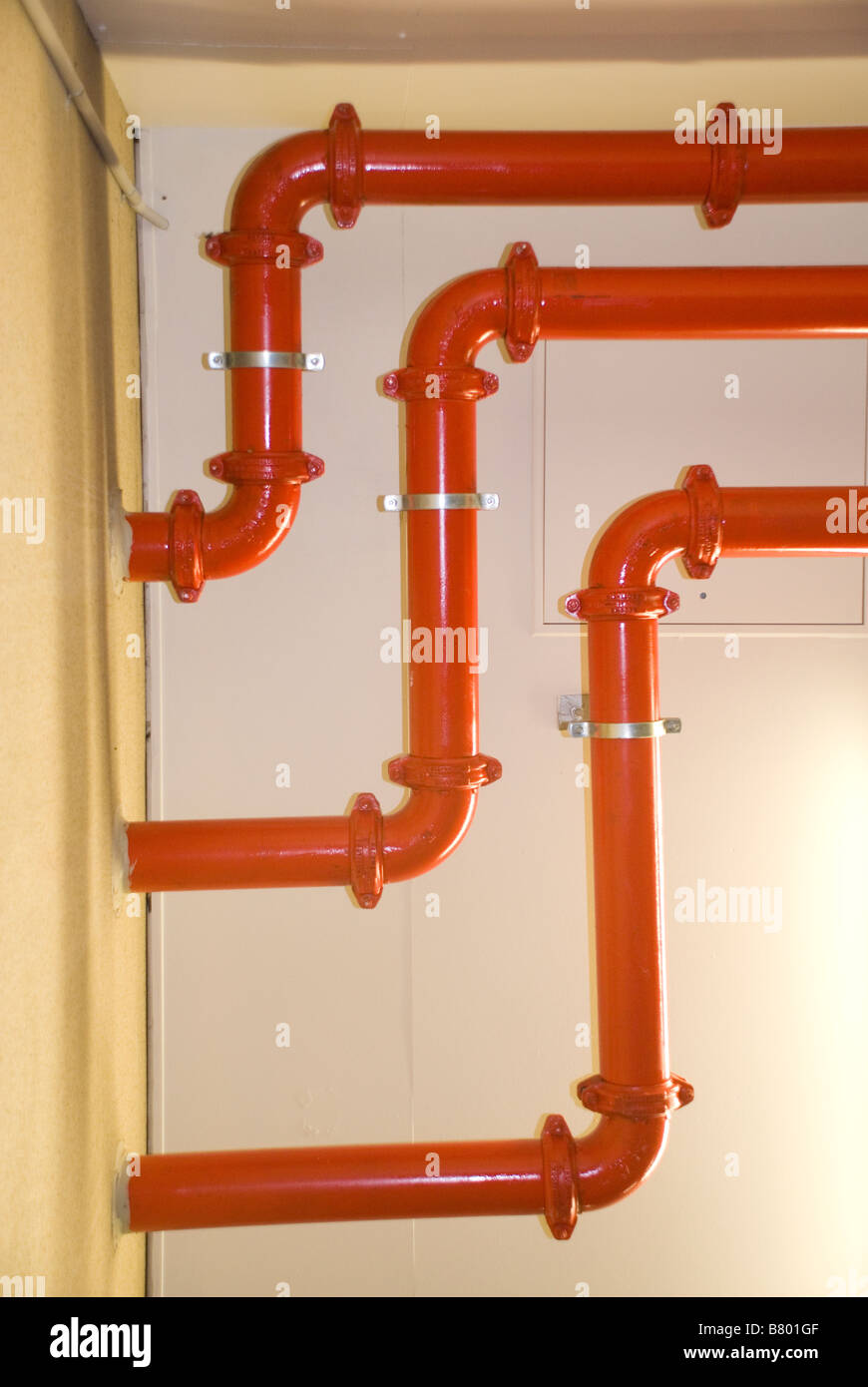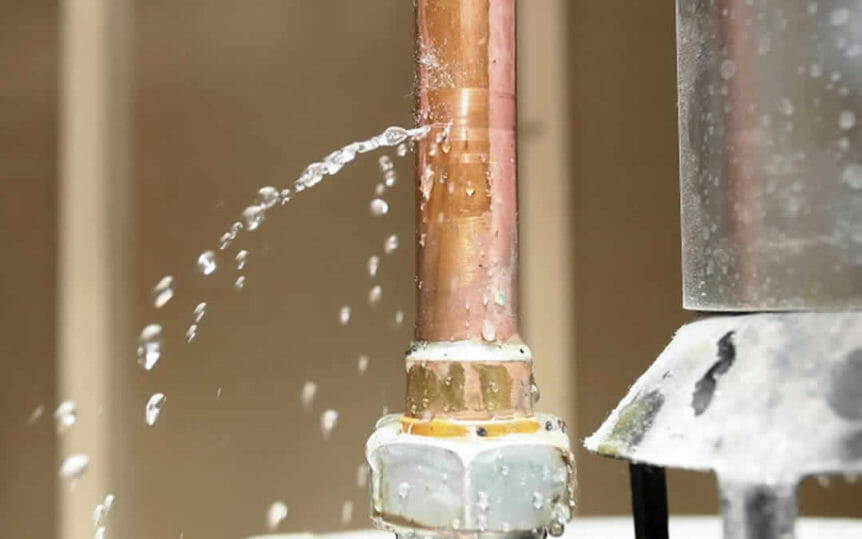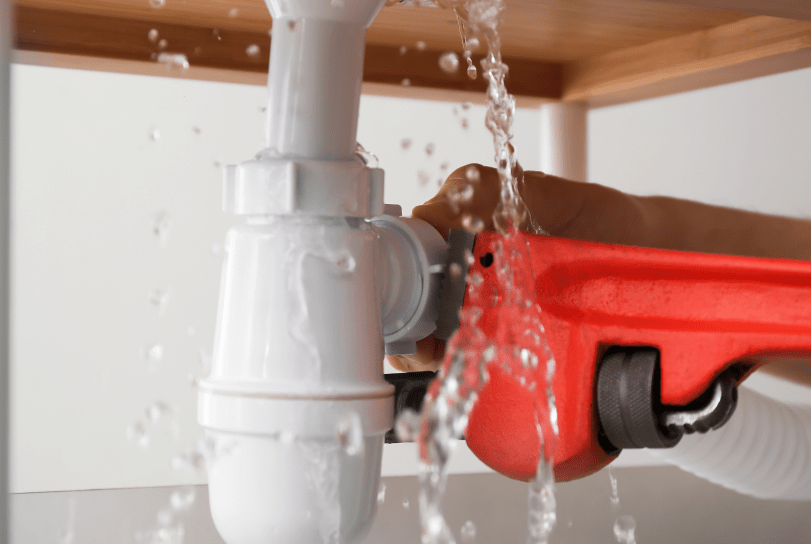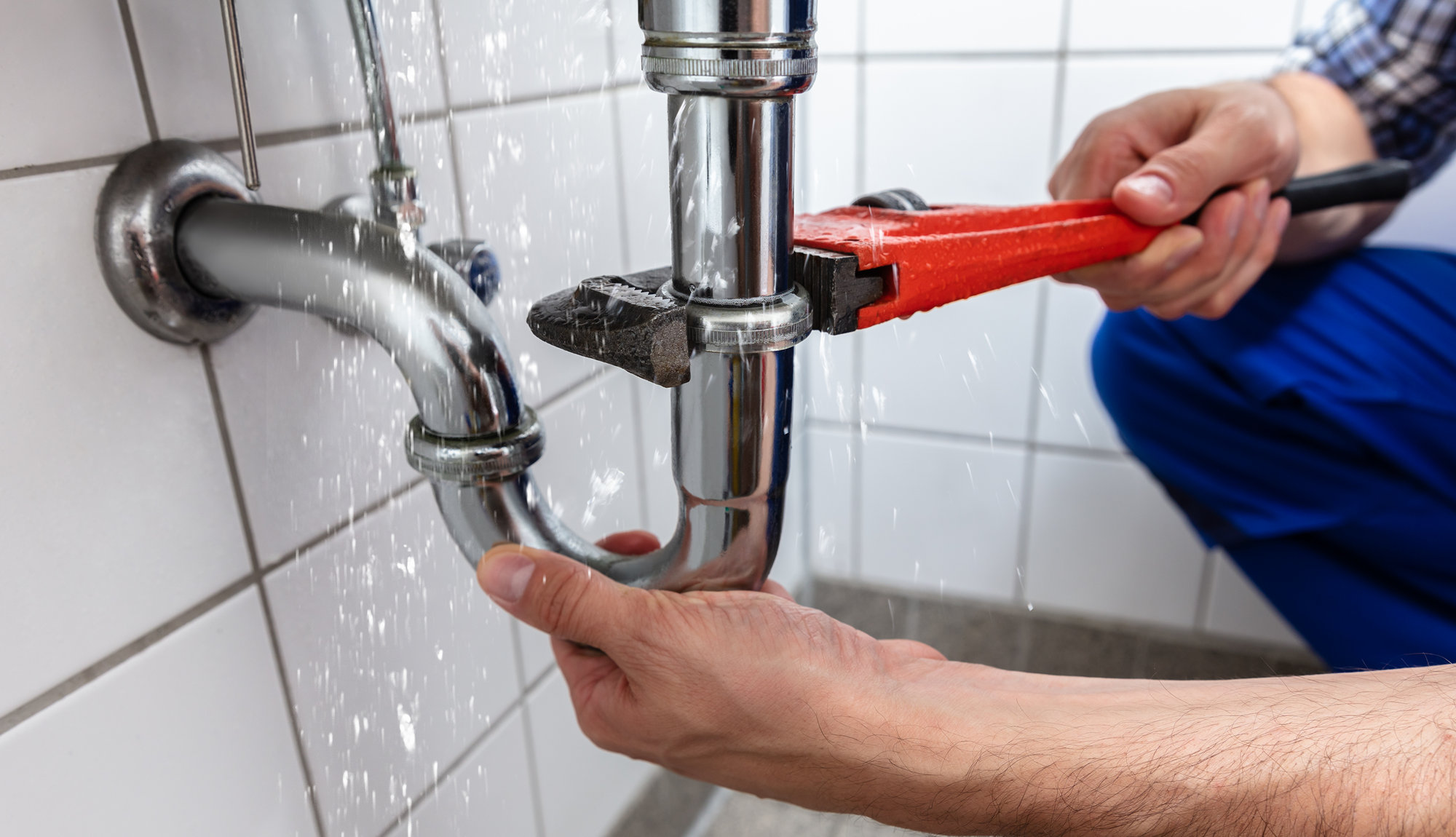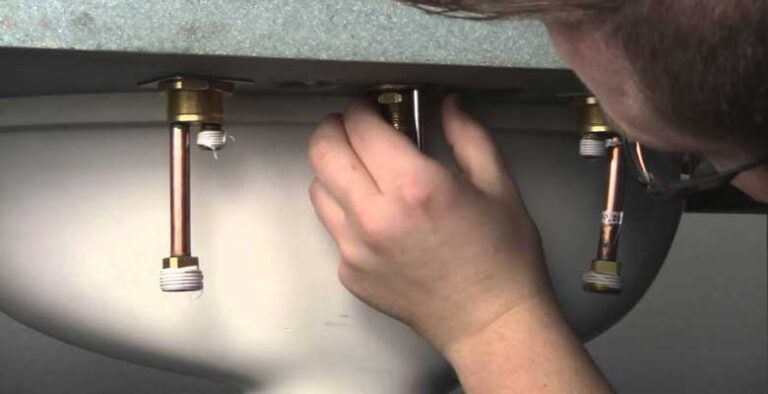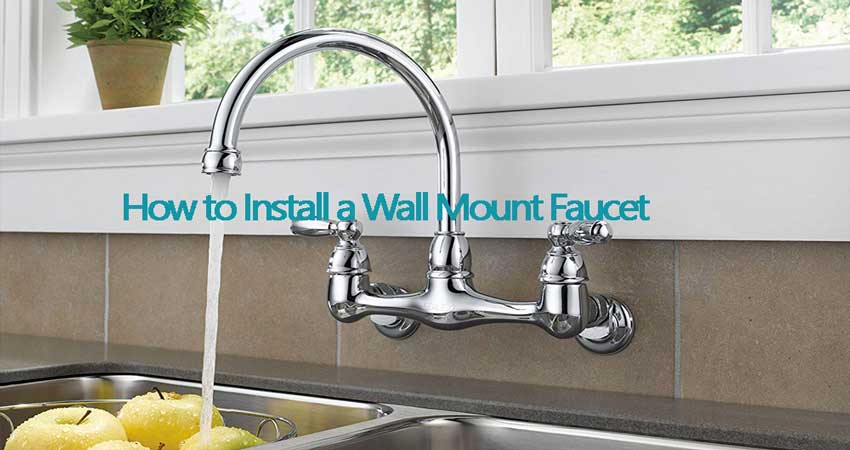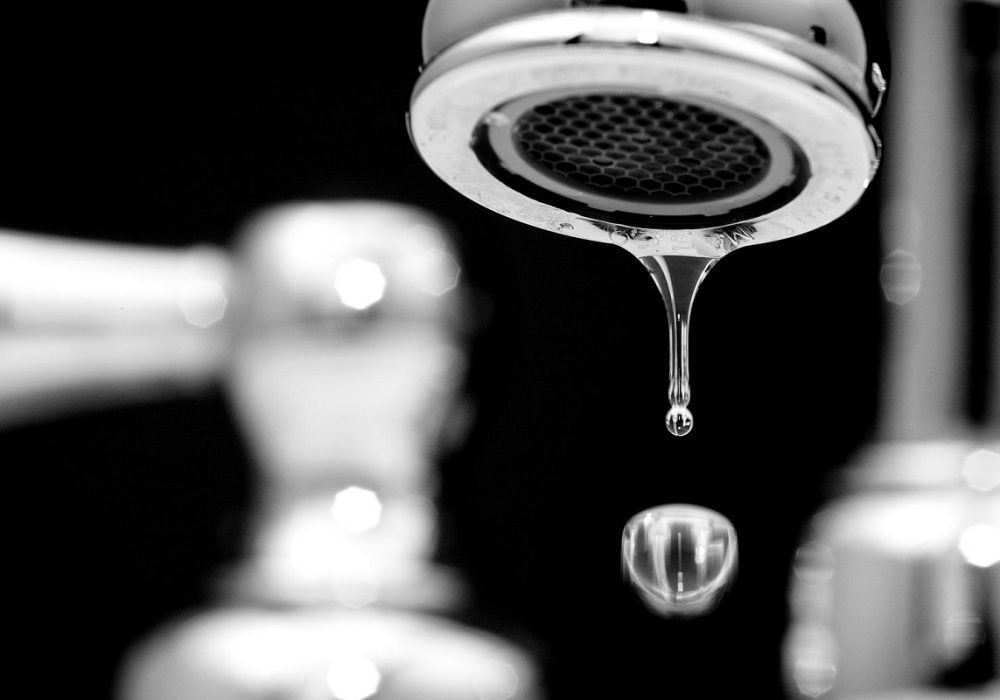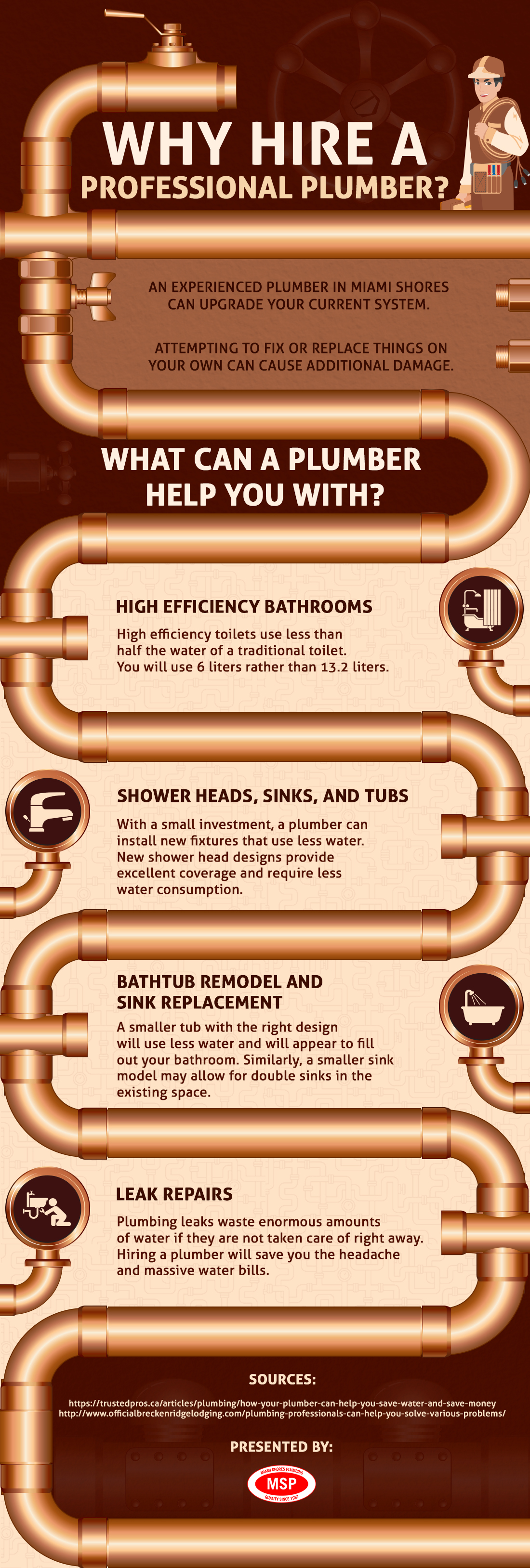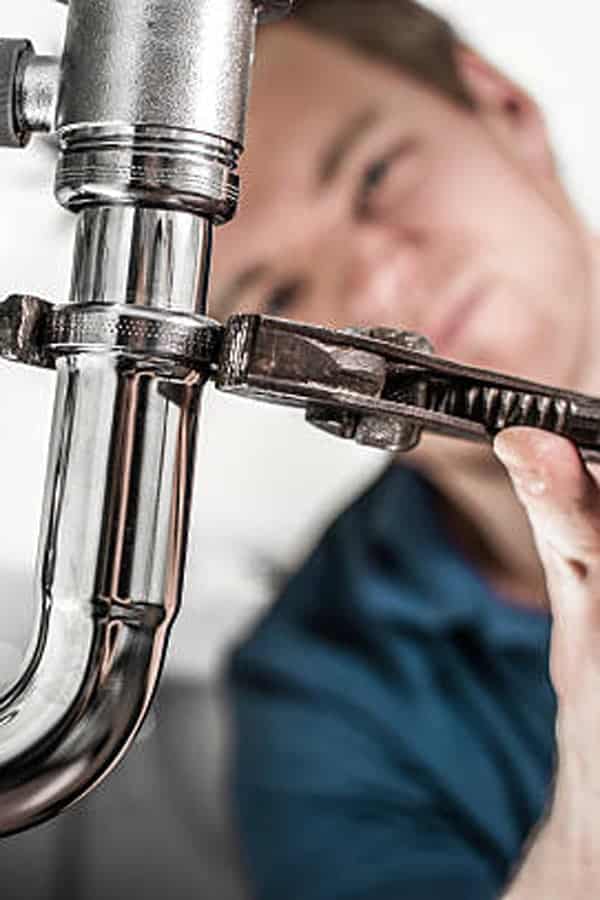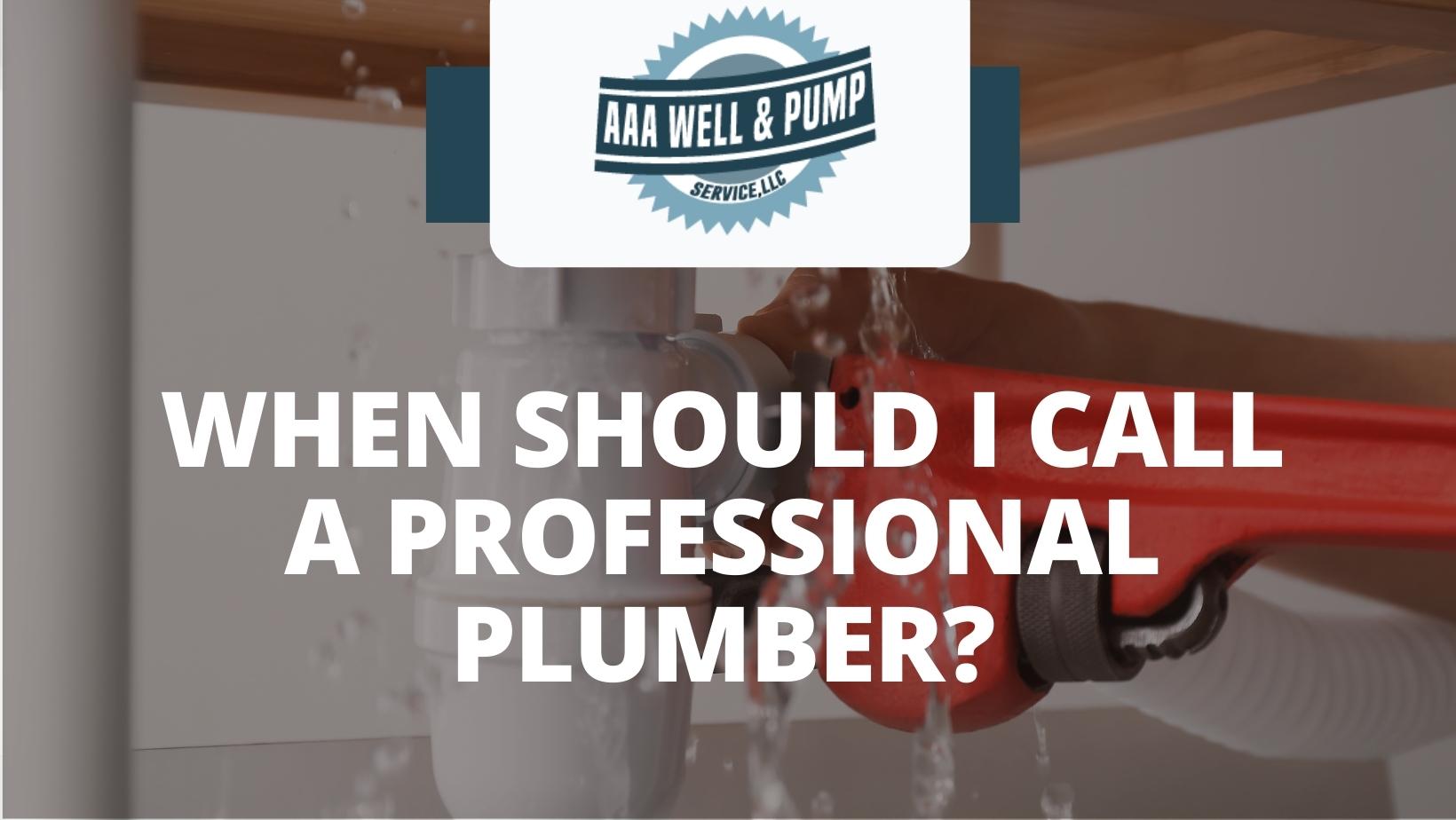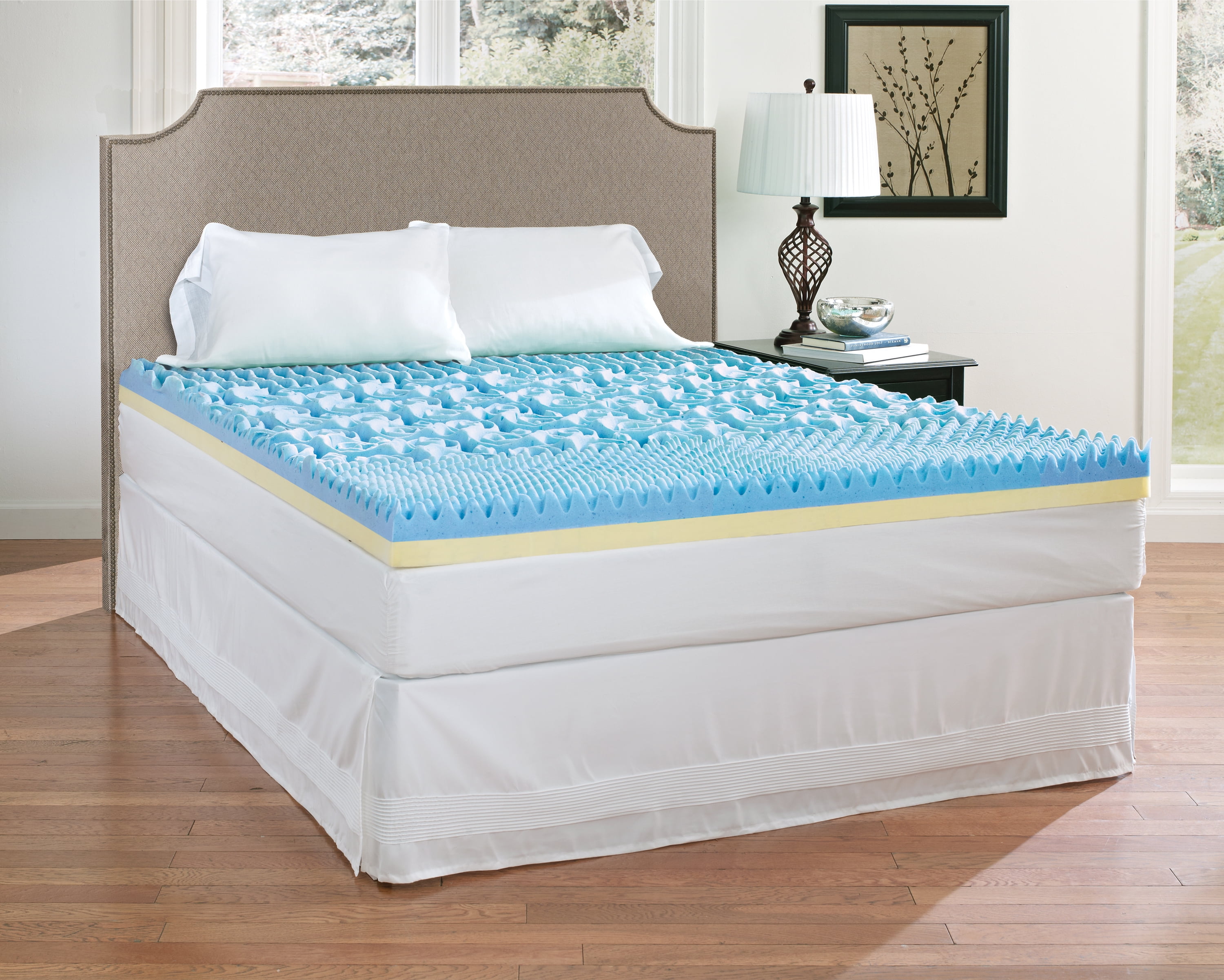1. Check the aerator
If you're experiencing weak water pressure in your kitchen sink, the first thing you should check is the aerator. The aerator is a small mesh screen located at the end of the faucet head. Over time, it can become clogged with mineral deposits, reducing the flow of water. To check the aerator, simply unscrew it from the faucet head and clean it with a toothbrush and vinegar. This should help restore the water pressure in your sink.
2. Clean the faucet head
Another common cause of weak water pressure in the kitchen sink is a dirty faucet head. Over time, mineral deposits and debris can build up in the small openings of the faucet head, causing a decrease in water flow. To clean the faucet head, simply remove it from the faucet and soak it in a mixture of equal parts water and vinegar for a few hours. After soaking, use a toothbrush to scrub away any remaining buildup before reattaching it to the faucet.
3. Check the water supply valves
If the aerator and faucet head are not the issue, the next step is to check the water supply valves. These valves control the flow of water to your kitchen sink and can become partially closed, causing weak water pressure. Make sure the valves are fully open and check for any signs of corrosion or damage. If necessary, replace the valves to improve water pressure.
4. Check for clogs in the pipes
Clogs in the pipes can also lead to weak water pressure in your kitchen sink. To check for clogs, turn off the water supply and disconnect the pipes under the sink. Use a plumbing snake or a wire hanger to remove any debris or buildup from the pipes. Once cleared, reattach the pipes and turn the water supply back on.
5. Replace old pipes
If your kitchen sink has old galvanized pipes, they may be the reason for your weak water pressure. These pipes can corrode over time, restricting the flow of water. Consider replacing them with newer, more efficient pipes to improve water pressure in your sink.
6. Check the water pressure regulator
The water pressure regulator is responsible for maintaining a consistent water pressure in your home. If it is not functioning properly, it can lead to weak water pressure in your kitchen sink. You can either adjust the regulator or replace it if necessary to improve water pressure.
7. Install a water pressure booster
If your home has low water pressure, you may need to install a water pressure booster to improve the flow of water. This device connects to your main water line and increases the water pressure before it reaches your faucets. Make sure to consult a professional plumber before installing a water pressure booster.
8. Check for leaks in the pipes
Leaky pipes can also contribute to weak water pressure in your kitchen sink. Check for any visible leaks and repair them as soon as possible. Additionally, hidden leaks can also cause low water pressure, so it's a good idea to regularly inspect your pipes for any signs of damage.
9. Install a new faucet
If all else fails, it may be time to install a new faucet. Over time, old faucets can become worn out and may not provide adequate water pressure. Look for a high-quality faucet with adjustable water pressure settings to improve the flow of water in your kitchen sink.
10. Call a plumber for professional help
If you've tried all of the above solutions and still have weak water pressure in your kitchen sink, it's best to call a professional plumber for help. They can identify and fix any underlying issues with your plumbing system and ensure that you have strong and consistent water pressure in your sink.
Don't let weak water pressure in your kitchen sink slow you down. By following these tips and troubleshooting steps, you can improve the flow of water and make your kitchen tasks easier and more efficient. Remember to regularly check and maintain your plumbing system to prevent future issues with water pressure.
Upgrade Your Kitchen with Strong Water Pressure

Efficient Water Pressure is Essential in Any Kitchen
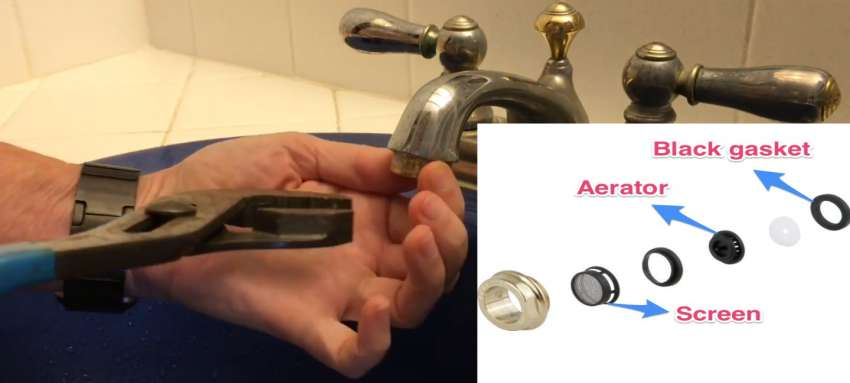 If you have been struggling with weak water pressure in your kitchen sink, you are not alone. Many homeowners face this issue and it can be frustrating and inconvenient. Whether you are trying to wash dishes, fill a pot with water, or rinse off produce, having strong water pressure is essential in any kitchen. Not only does it save time, but it also ensures that your kitchen tasks are done efficiently.
Weak water pressure in the kitchen sink can be caused by a variety of factors such as clogged pipes, low water pressure from the main supply, or faulty fixtures.
It is important to address this issue as soon as possible to improve your overall kitchen experience.
If you have been struggling with weak water pressure in your kitchen sink, you are not alone. Many homeowners face this issue and it can be frustrating and inconvenient. Whether you are trying to wash dishes, fill a pot with water, or rinse off produce, having strong water pressure is essential in any kitchen. Not only does it save time, but it also ensures that your kitchen tasks are done efficiently.
Weak water pressure in the kitchen sink can be caused by a variety of factors such as clogged pipes, low water pressure from the main supply, or faulty fixtures.
It is important to address this issue as soon as possible to improve your overall kitchen experience.
Identify the Source of the Problem
 The first step in solving weak water pressure in your kitchen sink is to identify the source of the problem. It could be as simple as a clogged aerator, which is the small screen at the end of the faucet.
This can easily be fixed by unscrewing the aerator and cleaning out any debris that may be blocking the flow of water.
However, if the issue is more complex, it may require the help of a professional plumber. They can assess and determine if there are any underlying issues within your plumbing system that could be causing the weak water pressure.
The first step in solving weak water pressure in your kitchen sink is to identify the source of the problem. It could be as simple as a clogged aerator, which is the small screen at the end of the faucet.
This can easily be fixed by unscrewing the aerator and cleaning out any debris that may be blocking the flow of water.
However, if the issue is more complex, it may require the help of a professional plumber. They can assess and determine if there are any underlying issues within your plumbing system that could be causing the weak water pressure.
Upgrade Your Plumbing Fixtures
 If your plumbing system is functioning properly, but you are still experiencing weak water pressure in your kitchen sink, it may be time to upgrade your plumbing fixtures.
Old, worn-out fixtures can restrict the flow of water and result in low water pressure.
Consider investing in a new faucet or showerhead with high-pressure settings to improve the water flow in your kitchen. Additionally, installing a water pressure booster can also help increase the overall water pressure in your home.
If your plumbing system is functioning properly, but you are still experiencing weak water pressure in your kitchen sink, it may be time to upgrade your plumbing fixtures.
Old, worn-out fixtures can restrict the flow of water and result in low water pressure.
Consider investing in a new faucet or showerhead with high-pressure settings to improve the water flow in your kitchen. Additionally, installing a water pressure booster can also help increase the overall water pressure in your home.
Maintain Your Plumbing System
 Prevention is key in maintaining strong water pressure in your kitchen sink.
Regularly cleaning and maintaining your plumbing system can help prevent clogs and blockages that can lead to weak water pressure.
This includes regularly flushing out your pipes, avoiding pouring grease or food scraps down the drain, and using a drain strainer to catch any debris. It is also important to keep an eye out for any potential leaks or issues with your plumbing system and address them promptly.
Prevention is key in maintaining strong water pressure in your kitchen sink.
Regularly cleaning and maintaining your plumbing system can help prevent clogs and blockages that can lead to weak water pressure.
This includes regularly flushing out your pipes, avoiding pouring grease or food scraps down the drain, and using a drain strainer to catch any debris. It is also important to keep an eye out for any potential leaks or issues with your plumbing system and address them promptly.
Conclusion
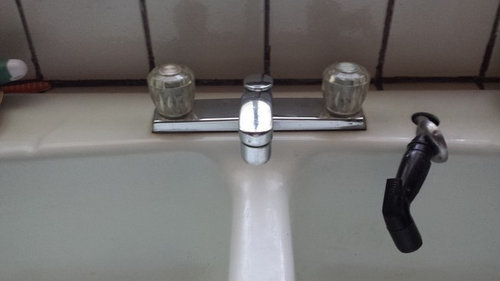 In conclusion, weak water pressure in your kitchen sink can be a frustrating issue to deal with. However, by identifying the source of the problem, upgrading your plumbing fixtures, and maintaining your plumbing system, you can improve the water pressure in your kitchen and make your daily tasks easier and more efficient. Don't let weak water pressure hold you back from enjoying your kitchen to its fullest potential.
In conclusion, weak water pressure in your kitchen sink can be a frustrating issue to deal with. However, by identifying the source of the problem, upgrading your plumbing fixtures, and maintaining your plumbing system, you can improve the water pressure in your kitchen and make your daily tasks easier and more efficient. Don't let weak water pressure hold you back from enjoying your kitchen to its fullest potential.






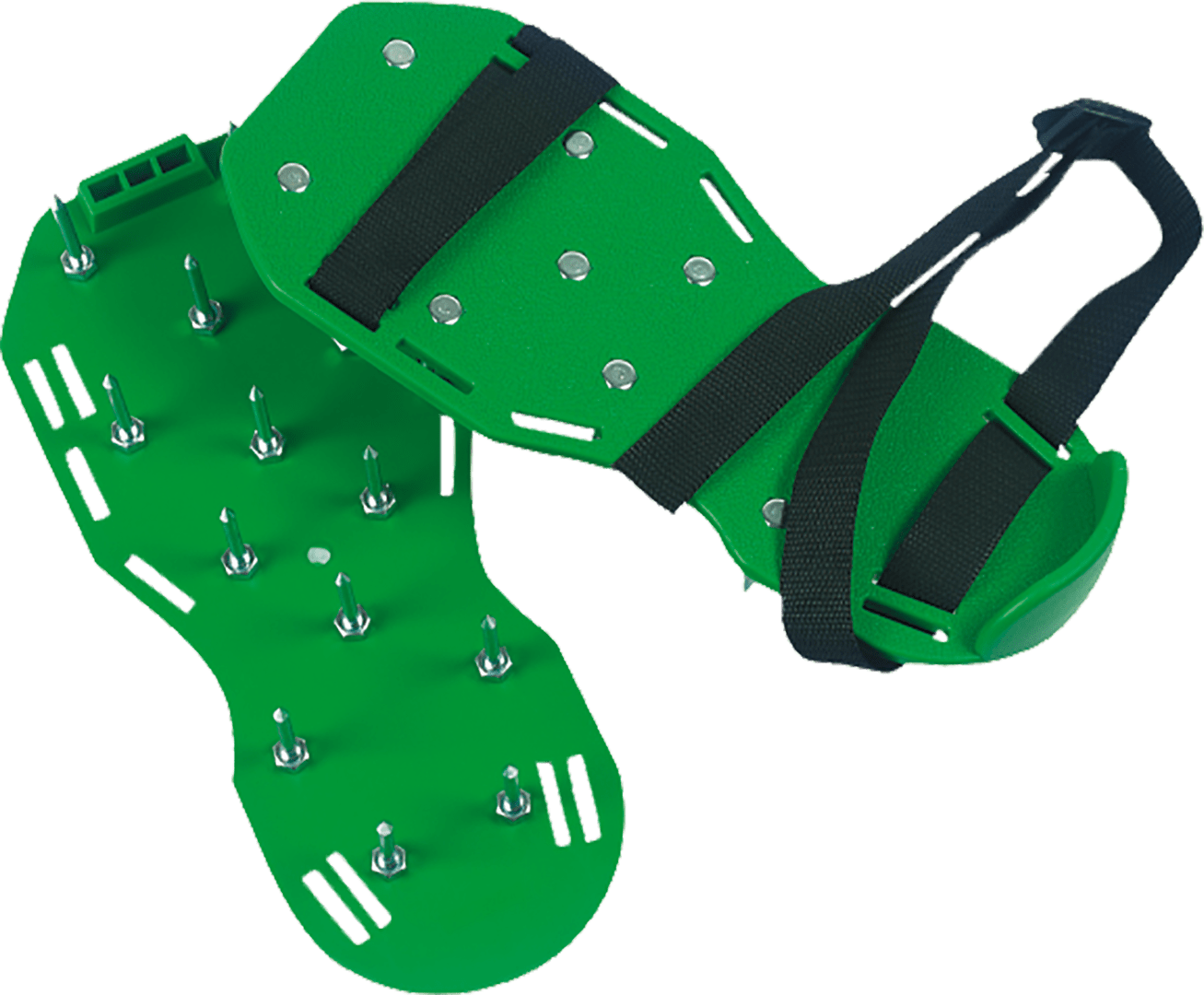



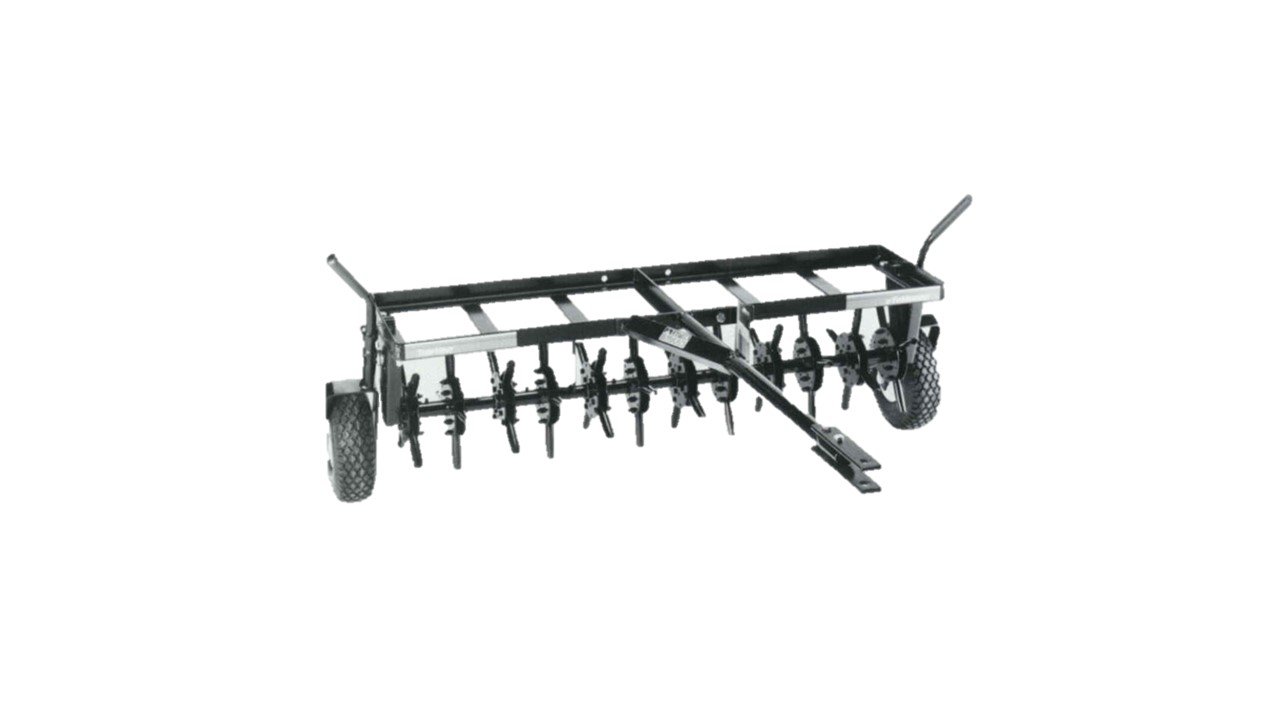
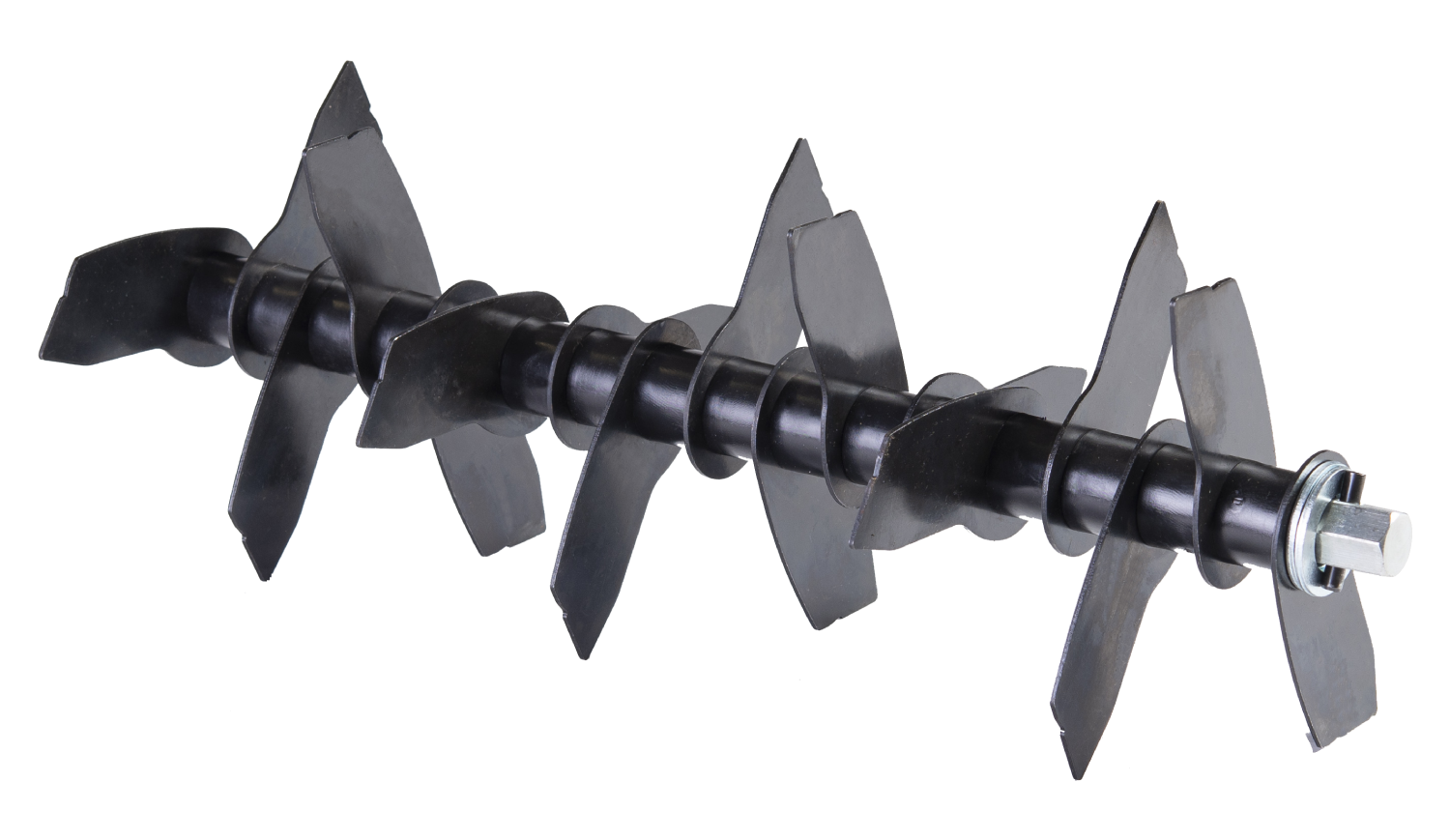















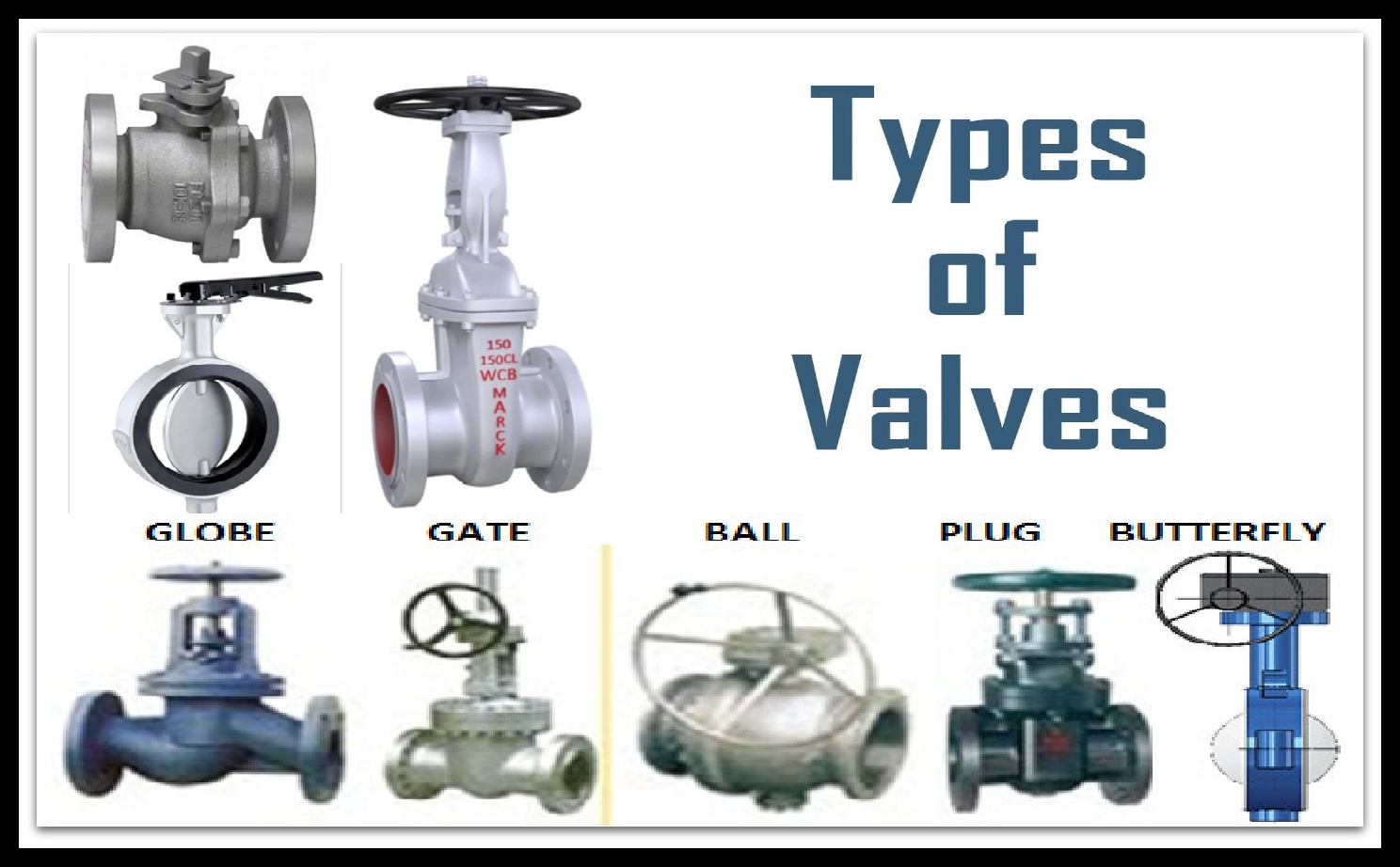



:max_bytes(150000):strip_icc()/GettyImages-1057621140-78ab2e946841421d9a7efeebe02935d2.jpg)
:max_bytes(150000):strip_icc()/GettyImages-106572292-3658474337224eda8721faead4f91390.jpg)
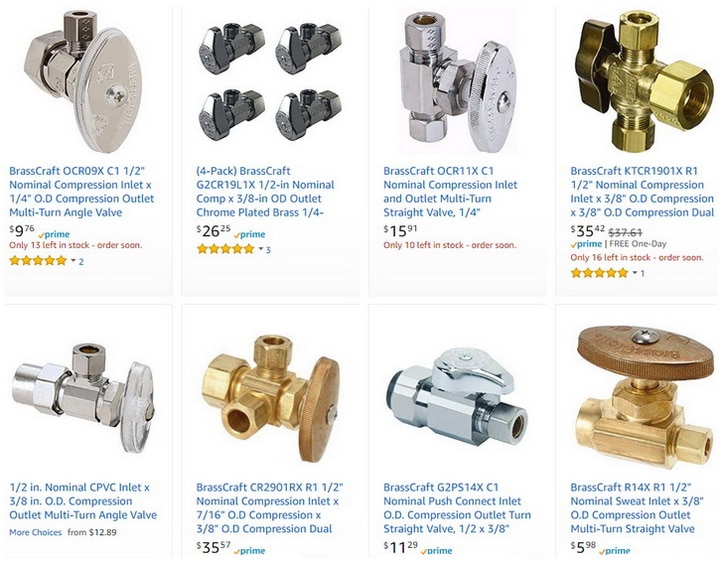










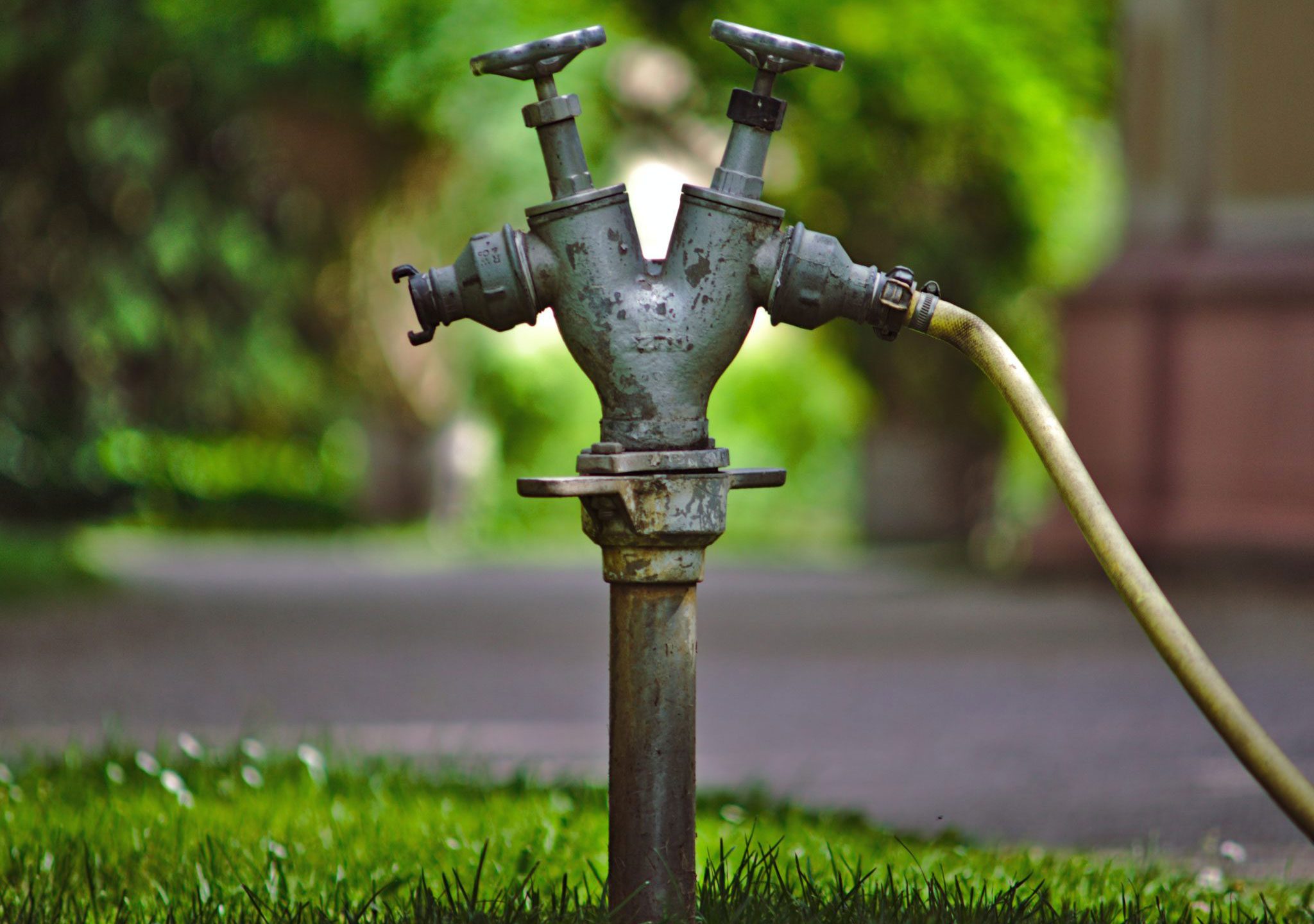








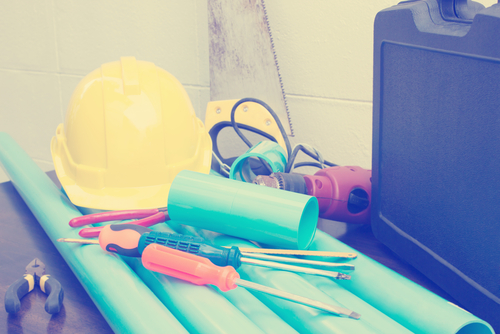




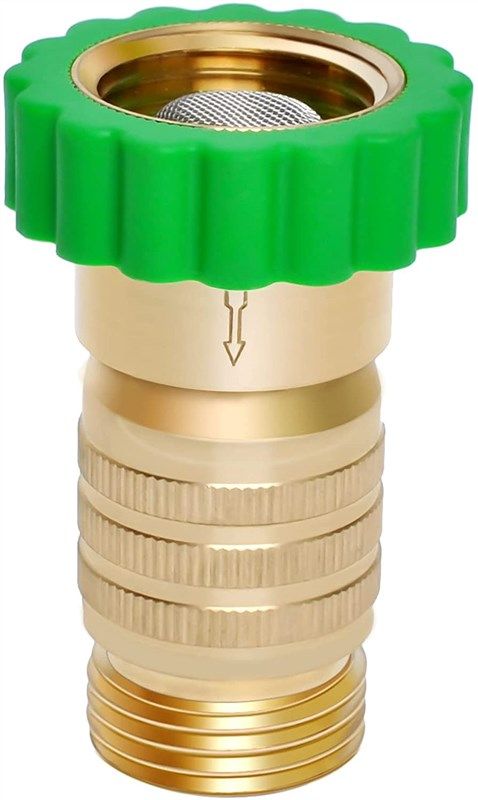

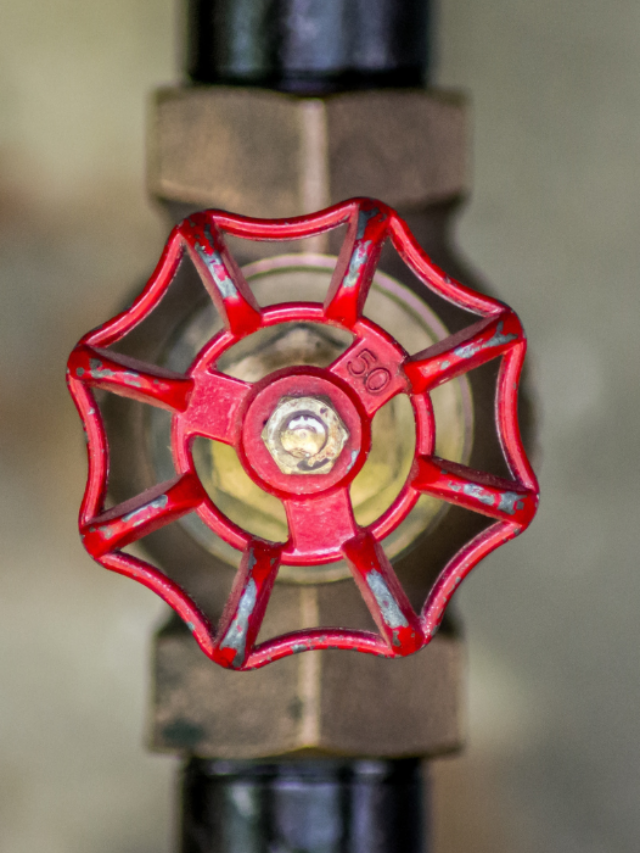

:max_bytes(150000):strip_icc()/the-men-s-hand-opens-the-ball-valve-on-the-collector-1006810456-5c5fc73fc9e77c000159c4af.jpg)
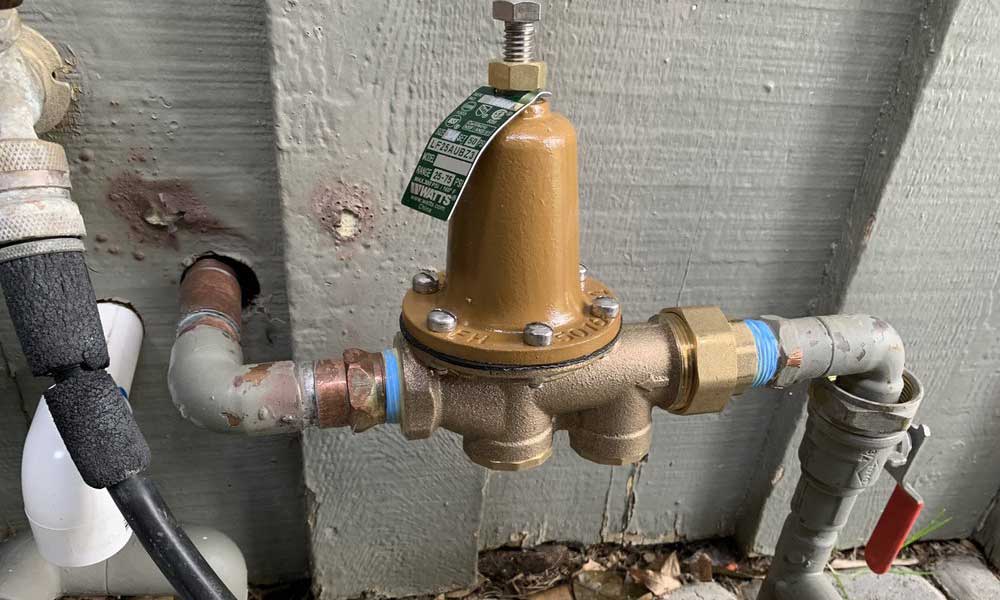
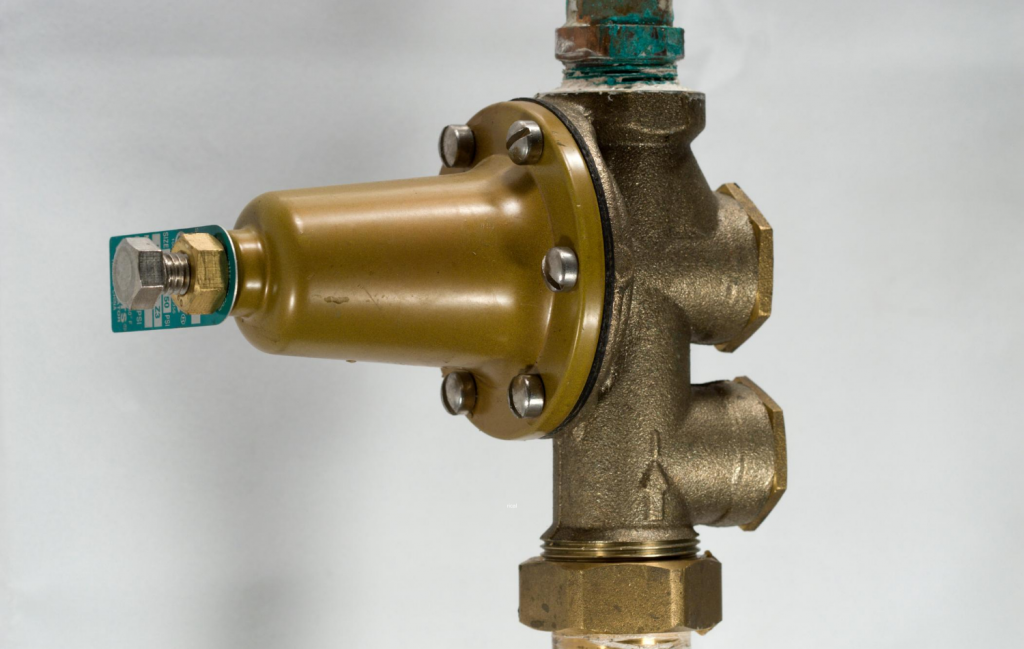




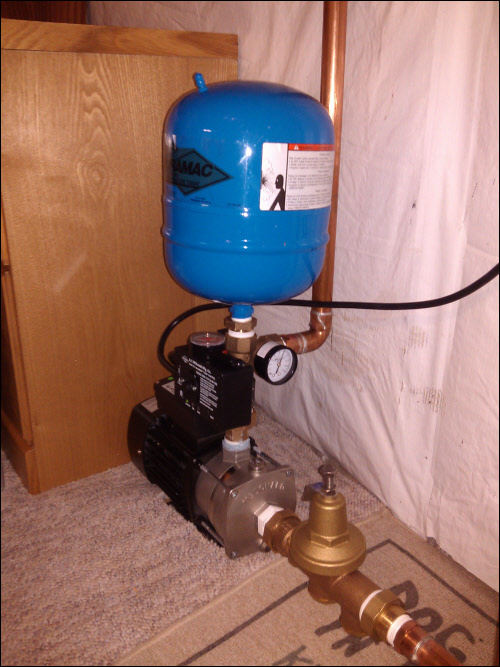

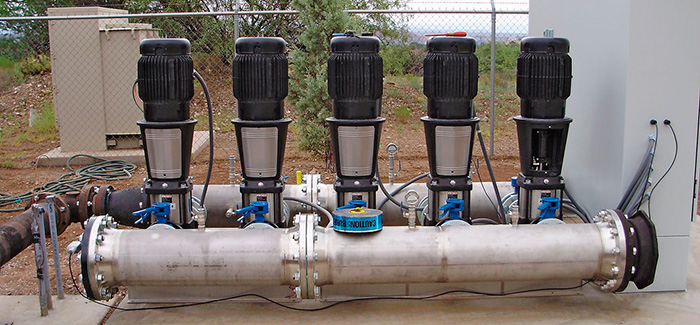



-844-p.jpg?v=ede30092-5775-434a-b8ca-07306b3bbe53)


